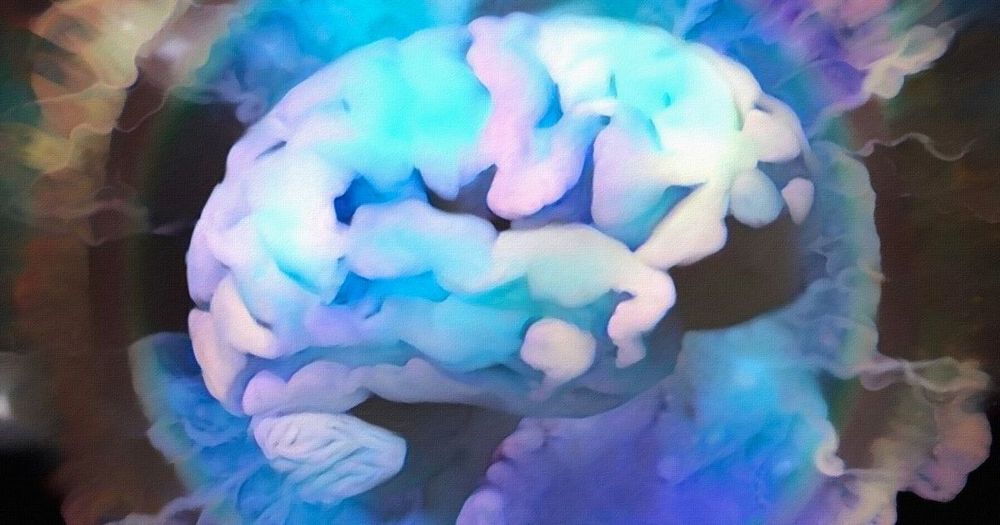Devices that forgo expensive metals could turn renewable electricity into hydrogen.
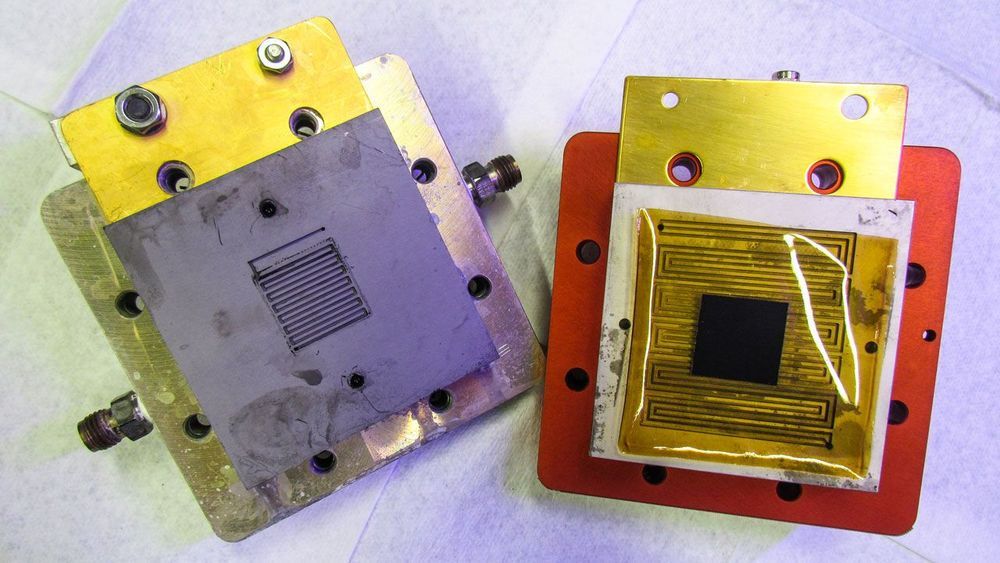

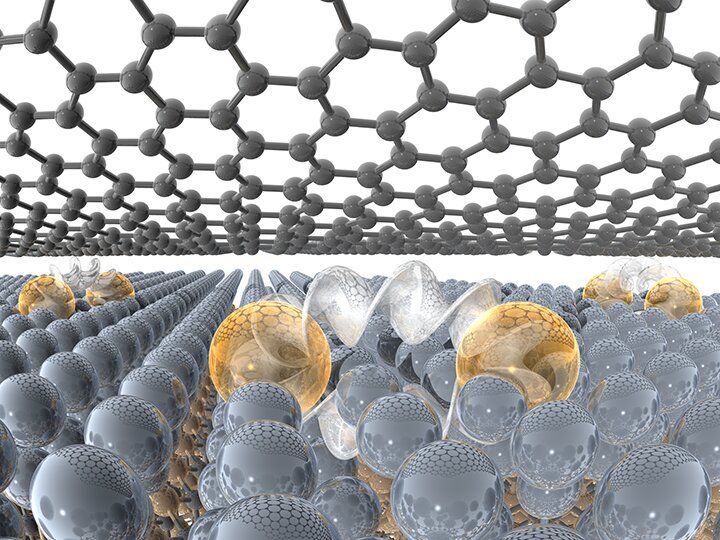
An atomically thin materials platform developed by Penn State researchers in conjunction with Lawrence Berkeley National Lab and Oak Ridge National Lab will open a wide range of new applications in biomolecular sensing, quantum phenomena, catalysis and nonlinear optics.
“We have leveraged our understanding of a special type of graphene, dubbed epitaxial graphene, to stabilize unique forms of atomically thin metals,” said Natalie Briggs, a doctoral candidate and co-lead author on a paper in the journal Nature Materials. “Interestingly, these atomically thin metals stabilize in structures that are completely different from their bulk versions, and thus have very interesting properties compared to what is expected in bulk metals.”
Traditionally, when metals are exposed to air they rapidly begin to oxidize—rust. In as short as one second, metal surfaces can form a rust layer that would destroy the metallic properties. In the case of a 2-D metal, this would be the entire layer. If you were to combine a metal with other 2-D materials via traditional synthesis processes, the chemical reactions during synthesis would ruin the properties of both the metal and layered material. To avoid these reactions, the team exploited a method that automatically caps the 2-D metal with a single layer of graphene while creating the 2-D metal.
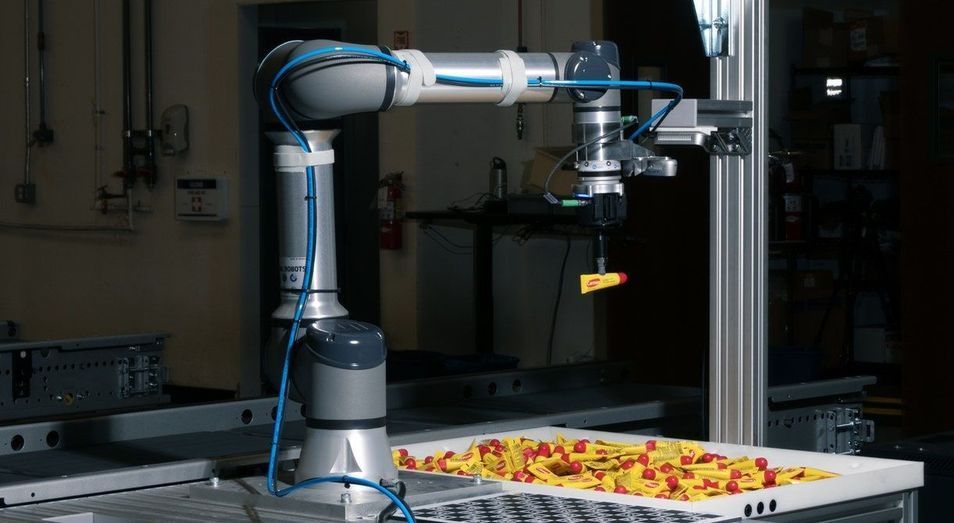
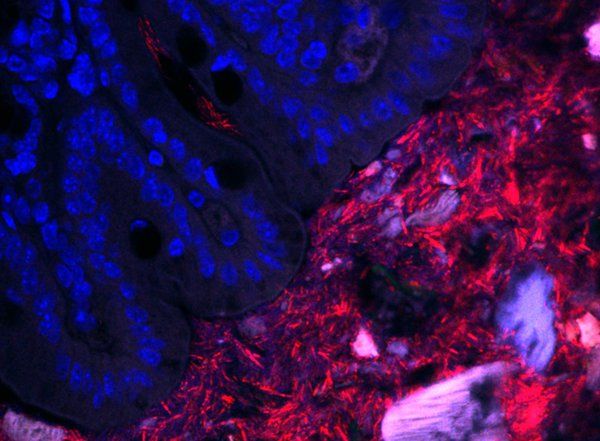
Over many years, the Mazmanian laboratory has described how Bacteroides fragilis in the gut produces beneficial molecules that protect mice from inflammatory bowel disease and autism-like symptoms. Like a densely populated city, a vast majority of the B. fragilis in the gut live within the central part of the intestinal tube, called the lumen. However, the Mazmanian laboratory discovered in 2013 that some B. fragilis reside in the bacterial equivalent of small towns, nestled into microscopic pockets within the tissue walls lining the tube. These sparse populations are protected by mucus and are largely unaffected by antibiotics, suggesting that they act as population reservoirs that ensure long-term colonization.
“For humans, where we live can dictate how we behave—for example, a person living in a city likely has a different everyday life than a person living in a small rural community,” says former graduate student Gregory Donaldson (PhD ‘18), the first author on the new paper. “For the bacteria that we study, the intestines represent their entire world, so we wanted to know how differently they behave depending on how far away from the intestinal surface they are.”
Though they may live in different habitats within the gut, these B. fragilis populations all have the same genetic code. What may differ, however, is how they express those genes—is a bacterium expressing a gene for replication and division, for example, or perhaps for an enzyme that digests food? Donaldson aimed to measure and compare gene expression in these two populations (intestinal wall tissue and lumen of the gut) to determine what, if any, differences were seen.
This posed a technical challenge. Because the population of bacteria living in the tissue lining is so small, their genetic material becomes obscured during sequencing by the genetic material of the mouse cells, which is far more abundant than that of the bacteria. Though mice and bacteria are distinctly different genetically, sifting through the mouse RNA to find the bacterial RNA is like finding a needle in a haystack.
Here, a crucial collaboration with Ashlee Earl of the Broad Institute made the research possible. Earl and her team led the development of a new technique, called hybrid selection RNA-sequencing, designed to fish out the elusive strands of bacterial RNA like using a magnet to search for the needles in a haystack.
“Inspired by a previous approach to sequence small populations of parasites in human blood, we developed a technique that could boost the amount of bacterial RNA we could detect in these host-rich samples by orders of magnitude,” says Earl. “This technique not only helped to reveal a new aspect of the Bacteroides-host relationship, but now provides us with a more general tool for listening in on conversations between humans and their rarest inhabitants.”
This technique revealed that B. fragilis residing in the gut tissue are surprisingly metabolically active and thriving despite their sparser population. Donaldson and his team found that one particular gene in these bacteria help them to establish a foothold in the tissue lining. Without this gene, they are unable to colonize this habitat, which is detrimental to their long-term colonization of the animal.
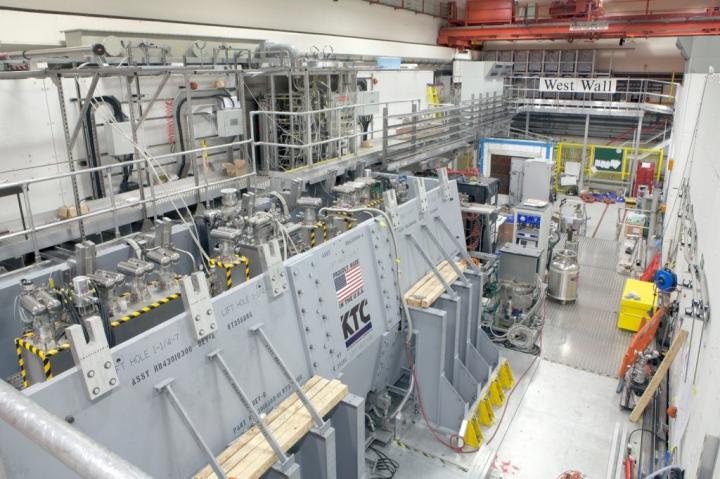
An international team of researchers, affiliated with UNIST has for the first time succeeded in demonstrating the ionization cooling of muons. Regarded as a major step in being able to create the world’s most powerful particle accelerator, this new muon accelerator is expected to provide a better understanding of the fundamental constituents of matter.
This breakthrough has been carried out by the Muon Ionization Cooling Experiment (MICE) collaboration, which includes many UK scientists, as well as Professor Moses Chung and his research team in the School of Natural Sciences at UNIST. Their findings have been published in the online version of Nature on February 5, 2020.
“We have succeeded in realizing muon ionization cooling, one of our greatest challenges associated with developing muon accelerators,” says Professor Chung. “Achievement of this is considered especially important, as it could change the paradigm of developing the Lepton Collider that could replace the Neutrino Factory or the Large Hadron Collider (LHC).”
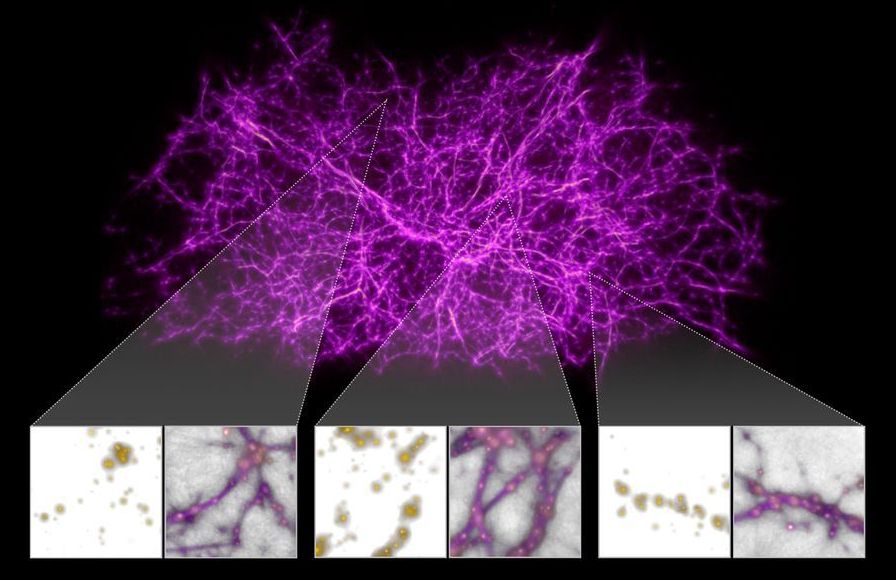
Using data from the Hubble Space Telescope’s Cosmic Origins Spectrograph, the team was able to observe the distinctive absorption signature in the spectrum of light that passes through it, and the sight-lines of hundreds of distant quasars that pierce the volume of space occupied by the SDSS galaxies, says the university.
This lowly slime mold does a good job of characterizing the large-scale structure of the Universe over a wide range of scale, Burchett told me.
“I see how it works from a mathematical and [topological] perspective, but that doesn’t diminish my continued amazement that the slime mold-inspired method handles this difficult problem so elegantly and efficiently,” Burchett told me.
SpaceX’s newest prototype of its Starship Mars-colonizing vehicle just passed a crucial pressure test, potentially paving the way for more ambitious trials in the near future.
Starship version SN2 survived a cryogenic pressure test late Sunday (March 8) at SpaceX’s South Texas facilities, company founder and CEO Elon Musk said. You can see a video timelapse of the test from Starship watcher Mary BocaChicaGal here for NASASpaceflight.com.
